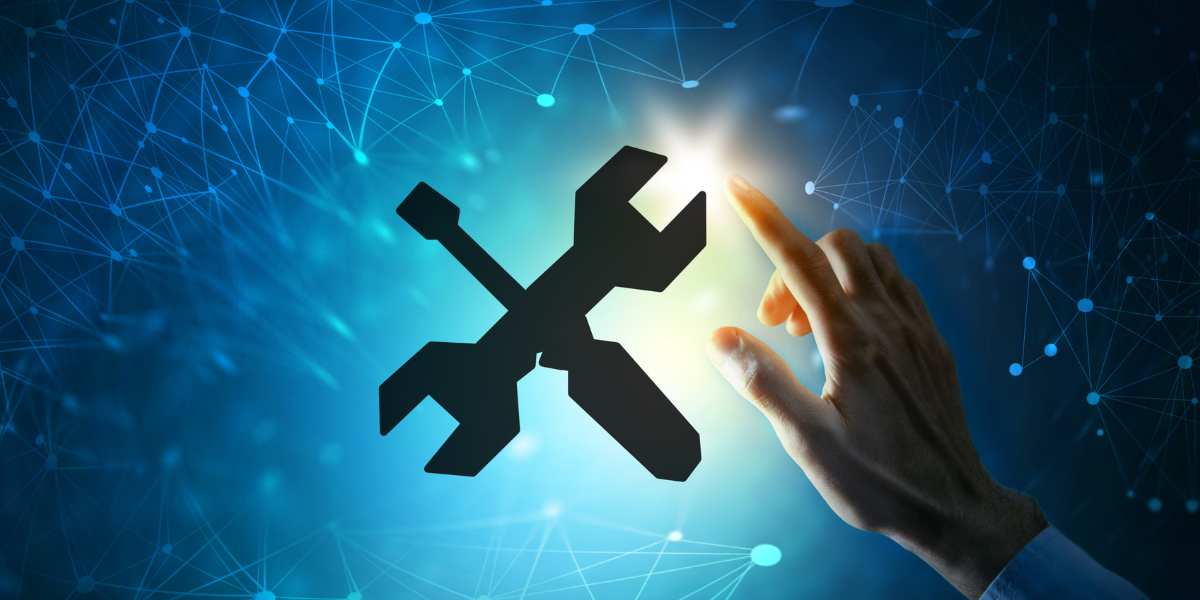Many firms and companies may be using multiple eDiscovery solutions or review tools in the course of their investigations and litigation. Or, they may be contemplating adding another tool to the box.
This can be for functionality, pricing, or other reasons, and it’s important to determine why. If you’re looking to add a tool, in what specific area does it need to excel? If you already have several tools, are you using each one of them for what they do best? Are you juggling cases in order to avoid high gigabyte fees or take advantage of different pricing structures? Let’s discuss.
How to Bring on Another Tool
First, figure out exactly what this new tool needs to accomplish. It’s likely there’s a reason you’re looking, but that reason may not be the same as others in your firm or company, so make sure you involve all the stakeholders and future users of the tool in order to assess your needs and priorities.
Is there a feature you’re missing? A certain type of data you have to process often that the current tool can’t handle (or handle well?) Is the interface clunky? Do the analytics work for your most common case? Does it work well for the data size you normally have, or does it scale well for when that odd case (small or large) comes along? How well does it work with your current IT infrastructure? How secure is it?
Or, is the reason you’re looking because of costs? Per gigabyte fees can range pretty widely, and data size can also vary dramatically from case to case. This may mean sticker shock one month and a pleasantly reasonable bill the next.
The fortunate thing about the current evolutionary state of the eDiscovery industry is that most tools have a similar set of features, but they present them fairly differently. Some tools have strengths in processing, others in analytics, and still more in litigation hold or trial presentation features. It behooves all the users to do the research and demo several different solutions with a clear thought in mind as to what is needed.
The unfortunate thing about eDiscovery is that pricing is rarely predictable or transparent. So doing the research is a crucial step here as well, to try and gather as much information about it as possible. There are some vendors who have alternative pricing structures, user fees instead of gigabyte charges, and flat rates. So if pricing is a major concern, these warrant investigating.
Regardless of pricing consideration, cast a wide net when it comes to seeing demos of what’s out there. A tool that used to work poorly may have made major improvements, and the industry leaders may work well for certain parameters but not others. Then, pilot a trial version
of your top few contenders and see what happens when you are boots on the ground with it. This is particularly helpful using a data set you’ve had trouble with your current tool.
Why a Backup eDiscovery Solution is Good
Because it’s hard to do all the things best all the time, same is true of our eDiscovery solutions.
A frequent issue involves large, one-time projects. It may be that the need for speed makes your current tool a less viable option. In that case experience with a second tool can be just the tonic that fixes what ails you. Frankly, you don’t want to be learning new technology in a crunch, so spreading a few projects around to find a workable solution before an emergency is a good idea.
Another reason to keep a backup tool in mind is to handle data that takes a quick turn. The best example is data from social media platforms that might change formats overnight, leaving your current tool without a solution. Having experience with other tools might get you a solution now that you would have to wait for with your current solution.
Pricing Example
Pricing models can work for or against you, and almost everyone who has used an eDiscovery solution has experienced this. For example, 50 GB of email over a year of gigabyte pricing could be around $5,000 at $8/GB. With user pricing it could be roughly half of that.
Another cost to consider is users. Many firms bill for users as well as GB and the cost of user licenses could be the difference, either way. Consider if you have a large project in terms of GBs, but only need a couple of users for an extended review. It might be more advantageous to go with a platform that charges higher user costs, but lower GB costs. Contrarily, if you have a project that needs a lot of users for a short amount of time finding a vendor that charges a lot for GB, but offers unlimited or low cost users might fit the bill better.
Conclusion
If the eDiscovery solution for you or your clients is working, you may be understandably reluctant to change anything. But changes doesn’t have to mean replacement; addition of other tools may be a consideration particularly if there is an area of the EDRM or a data type that is giving you a bit of trouble during your projects.

